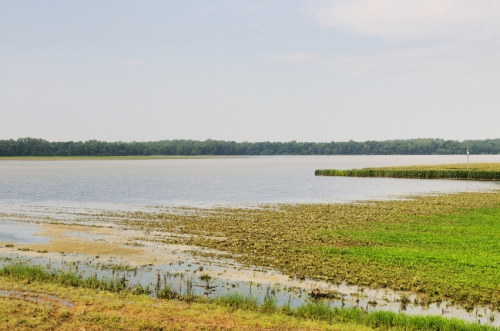
In a multi-phase litigation, the United States Court of Federal Claims in Washington, D.C. recently entered its trial order against the United States Army Corps of Engineers. The December 14, 2020 order found the plaintiff landowners were collectively entitled to damages for certain losses.
Back in 2018, the Court issued its order in the Phase I trial of a “takings” action under the Fifth Amendment: The government’s physical invasion—via government-induced flooding along the Missouri River—was a taking of private property for a public purpose that requires compensation. The 44 plaintiffs, who were selected to represent over 400 plaintiffs, owned property from Bismarck, North Dakota to Leavenworth, Kansas. They claimed that in six out of eight years from 2007 to 2014, the river flooded their properties due to the Corps’ river management policies to restore fish and wildlife habitat. In Phase I, the Court focused on whether the plaintiffs could prove the flooding was caused by the Corp’s habitat restoration actions.
As background, in the twentieth century, Congress enacted laws to control the Missouri River’s wide-spread annual flooding, to make it more navigable, and to produce hydroelectric power. Unfortunately, controlling the River detrimentally affected an estimated 3 million acres of fish and wildlife habitat. In 1986, Congress enacted laws to restore that habitat.
The Fish and Wildlife Service (FWS), which administers the Endangered Species Act, determined that the Corps’ restoration of fish and wildlife habitat was insufficient. In 2004, a federal court ordered the Corps to comply with FWS directives, which prioritized habitat over flood control. To comply, the Corps released reservoir water early when needed to provide spawning cues to protected fish and prevent protected birds from nesting on low-lying areas. The releases were conducted even if downstream flooding was anticipated or occurring. The Corps also reopened river chutes and modified instream structures to increase shallow water habitat.
The Court in 2018 found the Corps’ habitat restoration actions had raised the water surface elevations, thereby reducing flood-carrying capacity. This, in turn, led to foreseeably more severe and longer flooding of some properties. The Court dismissed plaintiffs’ claims for those years the Corps released water to save its dam and reservoir system during high run-off and where there was no causal connection between flooding and the Corps’ actions.
In the Phase II trial, the Court ruled that the Government had taken a “flowage easement” across their properties based on several factors including (1) more frequent flooding with more damaging effects; (2) the intermittent floodings were foreseeable and a permanent change, not isolated incidents; (3) the plaintiffs reasonably relied on the Corps’ previous flood control actions when investing in farmland, infrastructure, equipment, and crops; and reasonably believed the flood protection would continue even after habitat restoration began because it had continued for many years.
The Court found the Corps interfered with the plaintiffs’ reasonable expectations by causing them to have lower crop yields and lower land values. The Court ruled that in flooding cases, the 6-year time limit for a takings claim starts to run when a property owner can reasonably perceive the cause and permanent character of the flooding, and the extent of the owner’s foreseeable damages. That date was on December 31, 2014, which also served as the valuation date for the taking. The Court ruled the landowners were entitled to compensation equal to the difference in their properties’ fair market value before and after the taking. However, they were not entitled to damages for lost crops.
Although the ruling does not directly benefit those affected by the 2019 flooding, it may help set the tone for future claims against the Corp.
Article authored by LDM attorney Gina Schneider.



Leave A Comment